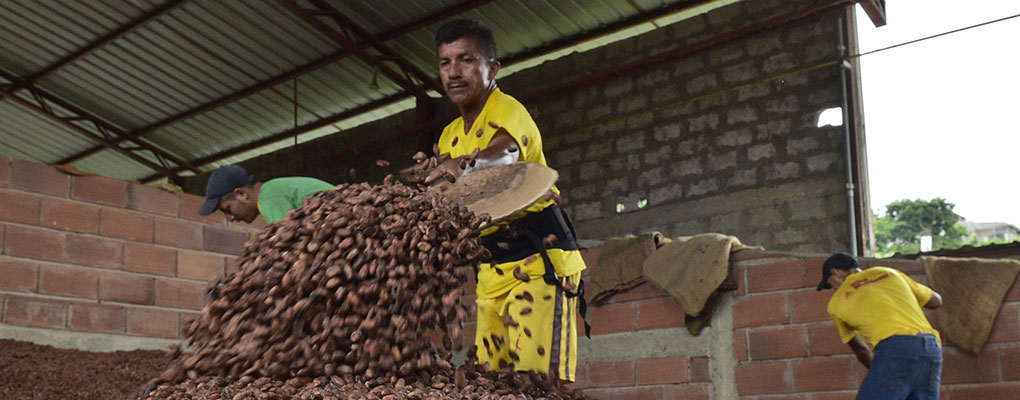
Contrary to the general reduction in the price of commodities last year, cocoa was exceptional with an overall price increase of 7.4 percent. Several factors have been attributed to rising prices of cocoa despite the global economic slowdown. Growing worldwide demand resulting from changing tastes in Asia and escalating adult consumption of chocolate in Western markets have outstripped current supply capabilities. Widespread fears within the confectionery market of further shortfalls have also augmented the price of the commodity.
Experts suggest that the demand for confectionery goods will continue expanding
With an annual increase of eight percent in the demand for cocoa in India and chocolate sales in China having doubled in the last decade, the Asian market is driving pressure on existing supply chains. According to Euromonitor, the chocolate confectionery market in the Asia-Pacific region alone is set to increase from $13.3bn in 2013 to $16.3bn in 2018. Consumption is also growing in Western Europe, the world’s largest market for chocolate, propelled by an increase in the availability and range of the products on sale. Greater expenditure by confectionery brands on advertising has also caused Western palettes to crave chocolate more than ever before.
Approximately 68 percent of the world’s cocoa supply is concentrated within West Africa, with the Ivory Coast and Ghana being the globe’s leading producers. The dangers of limiting the supply of such a popular commodity to one geographic location were highlighted last year as suppliers struggled to meet rising demand. Accentuating this risk was the outbreak of Ebola in neighbouring countries Liberia, Sierra Leone and Guinea, which caused fears of possible contamination. Despite no cases of Ebola reported in the Ivory Coast and Ghana, news of the fast-spreading virus raised the alarm for confectionery manufacturers across the globe. Panic buying prompted price hikes that reached $3270.27 per tonne in August. Fears of the virus affecting cocoa crops are beginning to subside, as suggested by the easing of pricing since September 2014.
Adding to the demand pressures on the region are the current limitations of cocoa harvesting in West Africa. The majority of cocoa farms in the Ivory Coast and Ghana are small, family-run operations, making expansion and the introduction of modern farming techniques challenging. “Cocoa traders and processors have invested considerable capital in their local supply chains in Cote d’Ivoire and Ghana, including sustainability programs and grinding factories”, says Victoria Crandall, Soft Commodities Analyst at Ecobank. “Traders are thus supplying farmers with inputs (fertilisers and pesticides), providing training on tree husbandry and helping to build strong farmers cooperatives”.
This gap between demand and consumer needs presents a golden opportunity for the South American market and particularly Peru, Ecuador and Colombia. With vast land resources and the necessary weather conditions required for cocoa harvesting, the region is ideal. In recognition of these attractive prospects, international investors are beginning to pour capital into new plantations located within the Amazonian basin. Governmental initiatives to encourage cocoa farming in place of coca production also indicate an increase in supply from the region.
Experts suggest that the demand for confectionery goods will continue expanding, particularly given new trends in emerging markets; the rise of the middle class in countries such as Turkey, India, China, Brazil and Russia makes the growing appetite for chocolate increasingly insatiable. Despite the pressures of mounting demand, particularly from the Asia-Pacific region, continuing price augmentation may not be on the horizon after all. Along with increasing supply, the slump in oil prices will also have a bearish effect; indicating that the recent pattern of sliding commodity prices will include cocoa as well. With West African producers endeavouring to increase their yield and buyers looking to new sources in South America, fears of a global shortfall may soon begin to alleviate.


